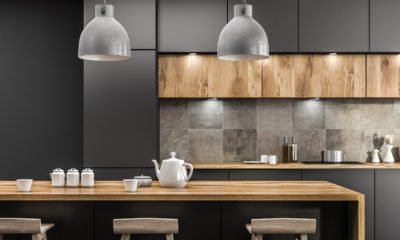THERE IS NO SHORTAGE of print media “now trending” articles in the world. This one, however, will be framed from a different perspective: The fabric’s point of view. Not only that, but the facts and observations are drawn from experts with decades of experience in the print media space — from fabric by which substrates are fastened and displayed. It’s time to put that collective know-how to work and examine the trends shaping the print media universe.
One major driver of the print media industry is the retail environment and a recent economic review published by the National Retail Federation calls overall performance of the U.S. economy “more resilient than expected,” reporting the gross domestic product (GDP, which was adjusted for inflation) rose 3.3% in the fourth quarter of 2023, compared with the same period a year earlier. The organization which represents the country’s largest private-sector employer, the retail industry, added “almost every major component of this key gauge (GDP) of activity expanded.”
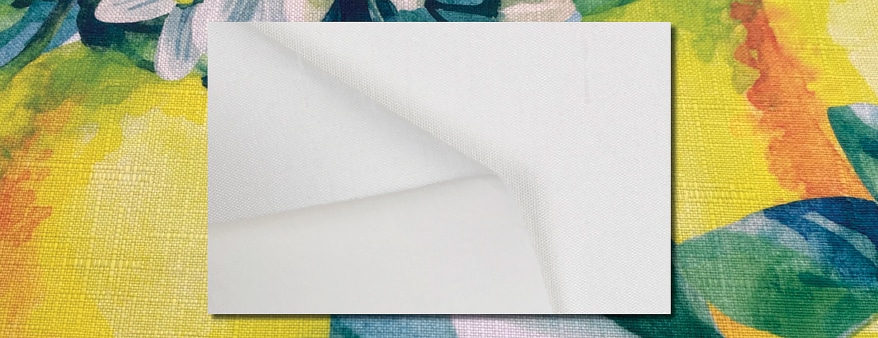
Wallcoverings made from textiles could expand offerings for print shops and designers alike.
Softer Solutions in Retail
For print shops and other service providers in our print media space, that could indicate demand by your customers might be on the rise. One opportunity to capitalize could come in the form of helping customers realize the power of soft signage. “Demand drives innovation,” says Jeff Nonte, TVF’s vice president of print media sales. “Soft fabrics have been replacing rigid substrates in retail advertising environments for years, and that trend has resumed in recent months with steady growth.”
Brick-and-mortar retailers have largely bounced back from the dips during COVID-19 lockdowns and Nonte notes demand for fabrics in the high-end backlit category remains hot and anticipates continued demand. Over the past year, TVF has launched multiple print media fabrics, including the 5.2 oz. Prism, a lightweight backlit fabric that is highly-versatile and specially-engineered for digital printing to make backlit frame displays come to life.
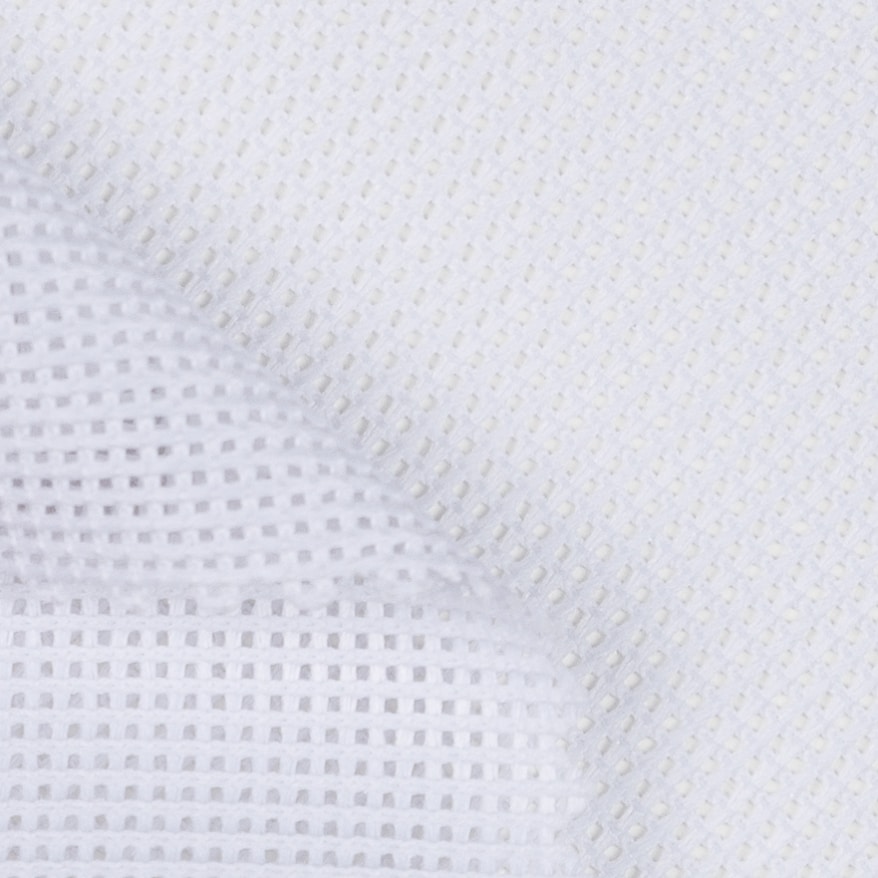
Fabrics suitable for SEG framing systems are picking up momentum. Options like 7.5 oz. Flash 8087PGFS are printable with multiple types of ink and have additional lightbox uses.
UV Printing Piquing Interest
Recent conversations at print media industry gatherings including Printing United 2023 in Atlanta confirm: UV printing use for fabric applications is on the rise. Shops that find themselves turning to this faster-drying option more frequently — or those that want to — could use fabric options with a coating specially-engineered for the purpose. One trusted example of a coating that enhances the printing process and performance of UV print techniques is GUF coating from Georg Otto Friedrich (G+O Friedrich) in Germany. GUF coating helps the fabric retain a softer feel after printing and makes drying times for UV inks even quicker. Perhaps the biggest benefit is the coating’s ability to limit those pesky, lingering odors that just come with the territory when using UV inks.
Print shops and providers who use UV printers have an opportunity to stretch into a growing corner of the home décor market through custom printed wallcoverings. Scour major home décor accounts on social media, and you’ll likely find common threads that wallcovering trendsetters continue to point toward — bold, brilliant patterns and colors. Your wide-format printers could help you reach interior designers looking to make big splashes with custom wallcoverings. The features printers love about UV technology (the speed, the shorter run or single project flexibility, the bright, crisp color options) can help extend toward new avenues of business to dazzle customers.
Advertisement

High-end backlit fabrics like TVF’s 5.2 oz. Prism continue to be a hot category. The image of Prism fabric is being printed on the HP Latex 3600 printer technology. (All photos courtesy of TVF).
SEG Framing Systems are Hot
Time and time again during trade show season and through conversations with customers, our team is finding it’s clear that SEG framing systems continue to be heavily in-demand. Backlit, frontlit, blackback (blockout), stretch, and liner fabrics used with SEG frames are certainly having a moment. Many of the same kinds of fabrics that work so well to make graphics pop and look so seamless on SEG frames can find additional uses for banners, building wraps, fine art prints, and more. These fabrics come in a wide range of sizes, too, for eye-catching results on larger-format jobs.
Also, sustainability efforts are all around us. Print media professionals have undoubtedly seen everything from the print technology to inks to the supply chain to the water usage of equipment adapted over time in the name of sustainability. On top of that, customer conversations and demand for sustainable options are rising. During an upcoming, two-part series on sustainability from the Textile Nerd Podcast, G+O Friedrich Chief Executive Officer Lothar Vorbeck says his company is a proponent for sustainability, but the concept of sustainability isn’t well-defined or well-executed throughout the world.
“In Germany, we are in the middle of the transition between we are saying we are sustainable to we are sustainable,” he says. “Today, everyone can say everything. No rules. No regulation. You can buy material from China, from India, and you put a stamp on it that says ‘sustainable.’ No one will check it. No one will even know what they mean by sustainable.”
He says European Union laws regarding CO2 footprint are beginning to take effect soon that will ensure some verification. Vorbeck says he hopes sustainability “becomes as important as people pretend it to be.” He adds “local is sustainable. Global is not sustainable.”
The company’s previously launched Going Green by Friedrich initiative includes detailed commitments to the environment and resources involving a wide range of business categories including purchasing, production, products, environmental management, and recycling. Though industry-wide and company-level sustainability efforts vary and, as Vorbeck says, aren’t always spelled out in great detail. G+O Friedrich takes its position as a global leader to heart, saying it possesses “a special responsibility in environmental and social issues.”
Advertisement
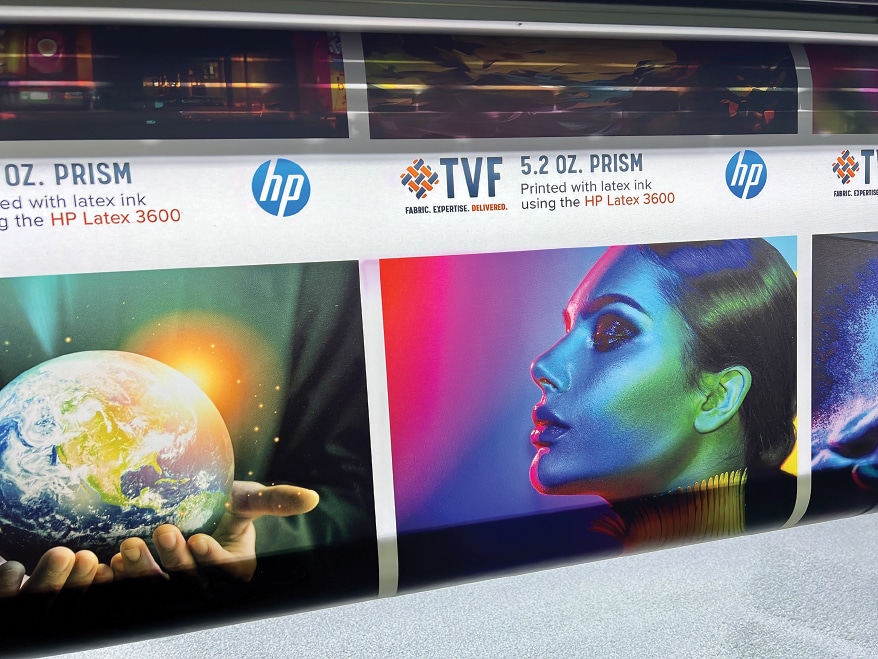
Outdoor mesh fabrics can be more printable with a wider variety of inks than you might imagine.
Mesh Madness
As city and convention centers, college campuses, and venues host sporting events, concerts, art gatherings, trade shows, and more, there’s more of a need to adorn the various entryways and visible spaces with mesh fabrics. Signage manufacturers and printers can use printable mesh fabrics for opportunities like sponsor banners, merch booths, action images of trophies, shots of stars and teams, band logos, and so much more to enhance the atmosphere of each tournament round. Mesh is not just relegated to ugly construction fencing anymore.
Highly printable and PVC-free options for fencing graphics and flags also are garnering interest. Fabrics made with high-tenacity yarns can hold strong against wind and bad weather. TVF carries 6.5 oz. PVC-Free Mesh 2582GFS, an eyelet mesh engineered for direct disperse, dye sublimation paper transfer, latex, and UV printing compatible. For fences, building wraps, interior displays, banners, retail, and point of purchase applications in high-visibility situations, a polyester knit with a specialty latex coating might be a solution for its versatility and printability.
Venues are finding more creative ways to integrate semi-permanent signage and advertisements wherever they can fit it. A fabric like a 6-oz. Vinyl Speaker Mesh might be the answer for clear wayfinding, imagery, and ad print clarity on fence wraps, event speaker graphics, and large-scale banners. Look for a version that is eco-solvent, latex, and UV-print compatible.
No matter what your primary lane of business, getting creative with your existing print technology and thinking about a more flexible substrate like fabric could open up a world of opportunities. Experience is important. Talk with a partner who knows how the materials will jive with your chosen formats and inks, keep an open mind, and consider printable textiles for a wide range of solutions.
Advertisement


 Applications2 months ago
Applications2 months ago
 Columns2 months ago
Columns2 months ago
 Manager's To Do2 months ago
Manager's To Do2 months ago
 Special Reports + Analysis2 months ago
Special Reports + Analysis2 months ago
 Press Releases2 months ago
Press Releases2 months ago
 Buzz Session2 months ago
Buzz Session2 months ago
 Case Studies4 days ago
Case Studies4 days ago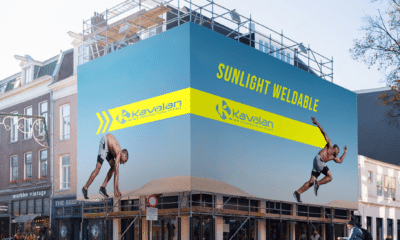
 Press Releases2 months ago
Press Releases2 months ago




